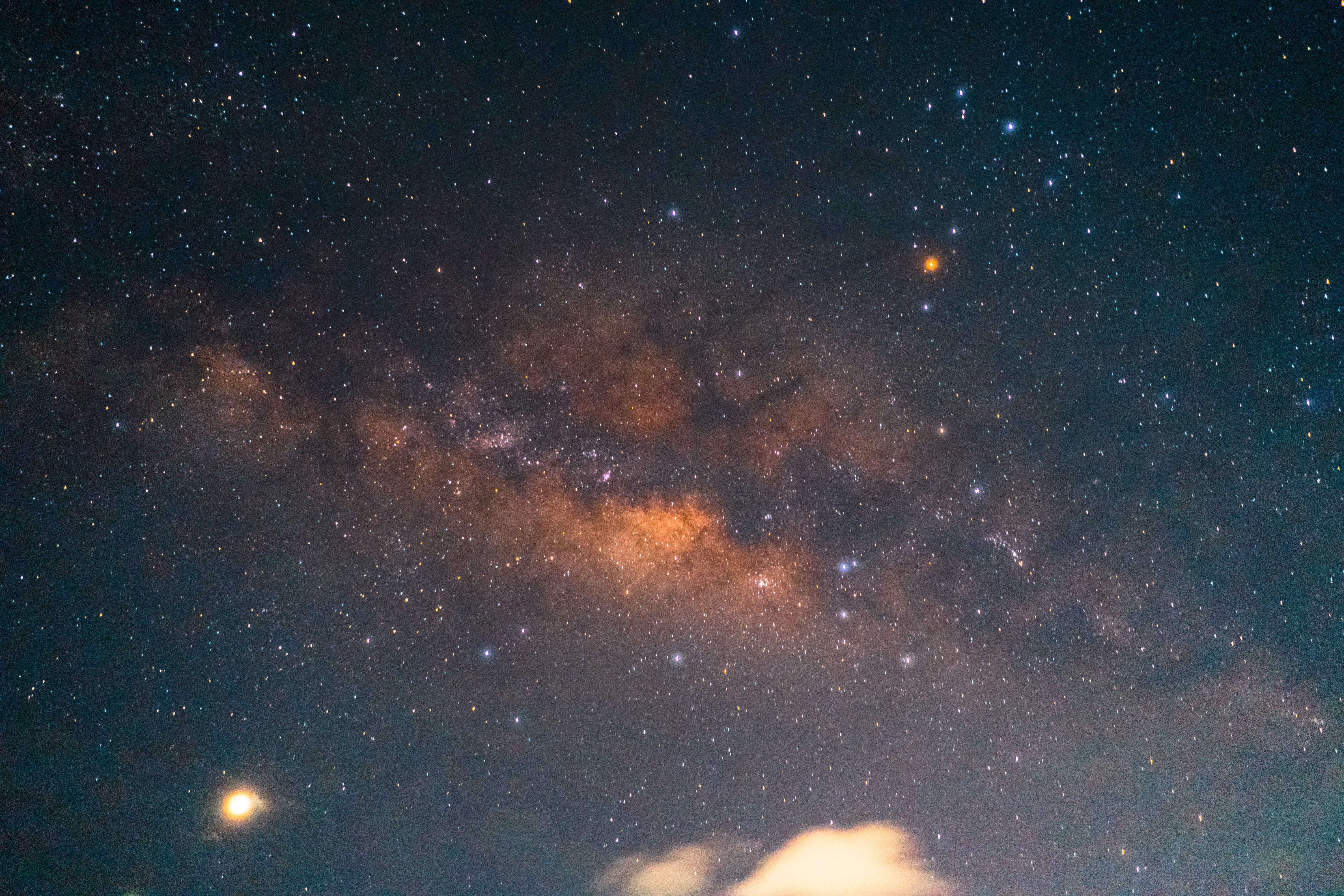A Look at the Tarantula Nebula
Amateur stargazers have been thrilled with the images that the James Webb telescope has been sending back from the furthest reaches of space. Far beyond the images sent by the Hubble Telescope, the Webb telescope unveils a previously unseen and unimagined picture of the cosmos.
The James Webb Telescope – Bringing the Universe Closer to Home
The most powerful telescope ever built, a collaboration between NASA, the European Space Agency, and the Canadian Space Agency, has been sending back crystal-clear, breathtaking images for weeks. Its most recent find is an unprecedented view of the Tarantula Nebula, a giant swirl of gas and dust located about 161,000 light years away from Earth, which is relatively close to our planet, cosmically speaking.
According to NASA, the Tarantula Nebula is "home to the hottest, most massive stars known." The vivid, massive stars appear blue in the images from the Webb telescope. The "blistering radiation" has blown the cosmic dust away from the stars, allowing us to peer inside the Nebula and see the powerful stars within.
The Webb telescope's ability to capture light wavelengths that aren't visible to the human eye allows us to enjoy the thousands of massive, never-before-seen stars in the center of the Nebula. This unparalleled amount of light captured by the telescope has given us a new vision of the cosmos and unveiled many of its mysteries.
What is the Tarantula Nebula?

The Tarantula Nebula is forming stars "at a furious rate," according to NASA, unlike the slower star formation of the Milky Way galaxy. This accelerated expansion and development are similar to the swiftly forming nebulas at the start of the universe, allowing us to see the dynamics of star formation and insight into our universal past.
The Nebula, officially designated as 30 Doradus, received its nickname from the dusty filament "legs" that resemble the appendages of the hairy spider. It's long been a favored spot for astronomers studying star formation. The detailed structure of the gas and dust of the Nebula, and the thousands of young stars, are clearly visible for the first time through the high-resolution infrared instruments in the Webb telescope.
The Webb Telescope's Advanced Technology Changes Astronomer's Views of the Tarantula Nebula
These advanced technologies allow the telescope to capture such detailed, crisp images. It operates primarily on the infrared spectrum of light, light not visible to the naked eye. This is because light from the distant cosmos stretches into the infrared wavelength as the universe expands.
The primary image, the Near-Infrared Camera (NIRCam), allows deep penetration of the interior of the Nebula, while the Near-Infrared Spectrograph (NIRSpec) analyzes light patterns of objects to determine their composition. The Nebula is also imaged with a Mid-infrared Instrument (MIRI), using longer wavelengths of infrared light to penetrate the cosmic dust grains that could absorb shorter wavelengths.
The combination of these three advanced imaging systems has facilitated the exploration and documentation of what the universe's Big Bang may have looked like, with peak star formation and a rpadidly changing cosmos.
Scientists anticipate more information about cosmic actions mimicking the "cosmic noon" period of intense star formation and are gaining deep insight into how the universe was created. Furthermore, the information gathered from the Tarantula Nebula allows researchers to apply the knowledge to other distant galaxies, determining their stage of star formation. Astronomers are confident that the Webb telescope will herald a new age of cosmic discovery.
/newsletter
Get the latest from The Futurist every afternoon in your inbox
/recent
Check out some of the newest posts from The Futurist

.jpg)



